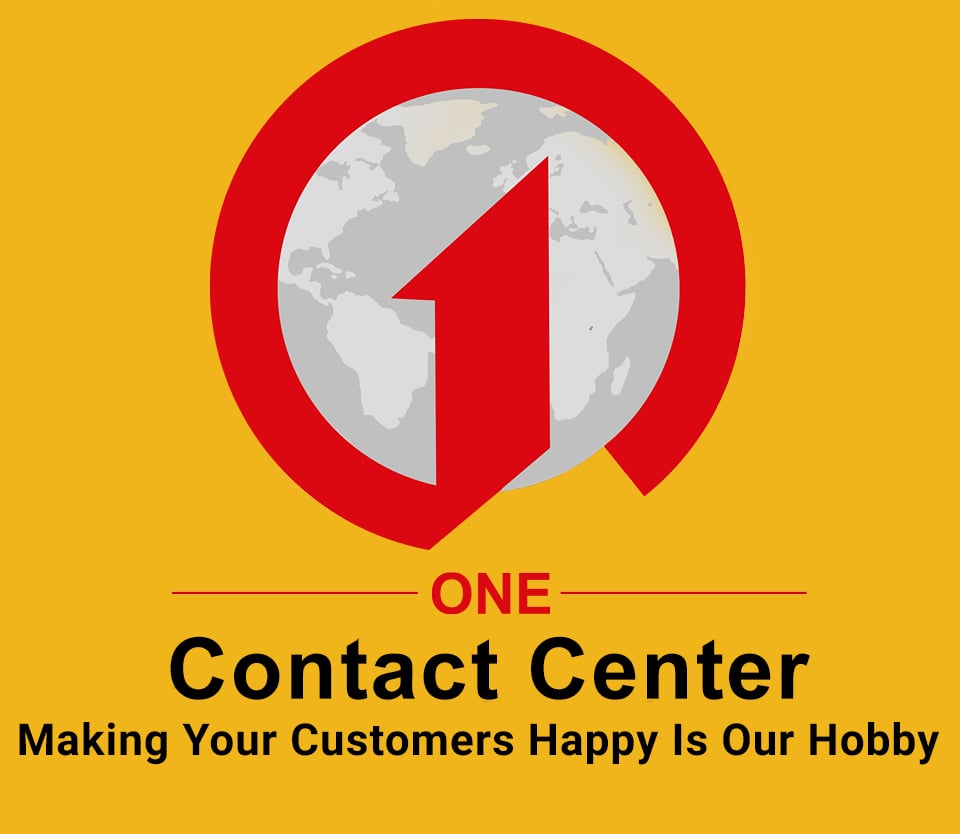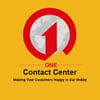Salespeople often use phone calls to reach new customers, but not all calls are the same. There are hot calls and cold calls, each with its way of working. Knowing the differences between these two can help salespeople do their job better.
Defining Hot Calls and Cold Calls
Understanding the difference between hot calls and cold calls is crucial for any salesperson. Hot calls and cold calls each have unique characteristics that can significantly impact your sales strategy and success rates.
The Psychology Behind Hot and Cold Calls
Building Trust with Prospects
Establishing trust is essential for successful sales relationships, whether in hot or cold calls. In hot calls, trust is generally easier to build since the prospect has already demonstrated interest. In contrast, during cold calls, the salesperson needs to put in more effort to create that trust from the ground up.
Understanding Prospect Awareness
Prospect awareness varies significantly between hot and cold calls. In hot calls, the prospect is already aware of the product or service and has shown interest. In cold calls, the prospect may not even know they require the product. This difference in awareness levels requires different approaches and strategies.
Emotional Responses to Different Call Types
The emotional responses elicited by hot and cold calls can be quite different. Hot calls often generate positive emotions because the prospect is already interested. Cold calls, on the other hand, can trigger negative emotions like annoyance or skepticism. Understanding these emotional responses can help salespeople tailor their approach to better connect with prospects.
Strategies for Effective Cold Calling
Cold calling can be a tough but essential part of sales. Here are some strategies to make your cold calls more effective and increase your chances of success.
Crafting an Engaging Opening
The initial moments of a cold call are vital. Your opening should capture the prospect's attention and encourage them to continue listening. Rather than sounding scripted or robotic, aim for a natural, conversational tone that sparks interest. Politely check if they have time to talk.
Handling Rejections Gracefully
Rejection is a typical aspect of cold calling, so it's important to be ready for resistance with prepared responses. Instead of seeing objections as barriers, treat them as chances to offer more information and clear up misunderstandings. Remain calm and courteous, and avoid taking rejections personally.
Follow-Up Techniques
Persistence is essential in cold calling. If you don’t receive a response, feel free to follow up. It often takes several attempts to catch a prospect’s attention. However, if you receive a firm no, move on and avoid wasting time. Consider using other channels like email or social media for follow-up if necessary.
Cold calling is about creating a connection where none existed before. It can be daunting, but with the right strategies, you can turn cold calls into warm leads.
Maximizing Success with Hot Calls
Hot calls are a powerful tool in sales, as they involve reaching out to prospects who have already shown a high level of interest in your product or service. These calls often have the highest conversion rates because the prospect is already engaged and interested. Here are some strategies to maximize your success with hot calls:
Preparation Tips for Hot Calls
- Research Thoroughly: Before making a hot call, gather as much information as possible about the prospect. Understand their specific needs and how your product can meet those needs. This ensures you don't waste time on basic information-gathering questions.
- Personalize Your Approach: Tailor your conversation to address the prospect's unique pain points and interests. This shows that you have taken the time to understand their situation and are genuinely interested in helping them.
- Prepare Your Pitch: Have a clear and concise pitch ready that highlights the key benefits of your product or service. Be ready to answer any questions the prospect may have.
Consultative Selling Approach
Rather than pushing for a sale, take a consultative approach. This means acting as a consultant who is there to help the prospect solve their problems. Discuss how your product can improve their business or solve their specific issues. This approach builds trust and makes the prospect more likely to convert.
Addressing Pain Points Directly
Since the prospect has already shown interest, directly address how your product can solve their specific pain points. This reinforces their confidence in your solution and makes them more likely to proceed with the purchase. Be sure to listen more and talk less, giving the prospect ample time to express their concerns and needs.
Hot calls are a valuable opportunity—make sure not to waste them! By preparing thoroughly, adopting a consultative approach, and addressing pain points directly, you can maximize your success and convert more hot leads into customers.
Choosing the Right Approach for Your Business
Analyzing Your Target Audience
Understanding your target audience is crucial. Who are your ideal customers, and what are their preferences and behaviors? This knowledge helps you decide which calling technique aligns best with their needs:
- First touch: If you’re reaching out to potential customers who may not be familiar with your offer, cold calling might be the route. This is typically a “shot in the dark” and can be useful for broad audiences.
- Low-intent interaction: If your target audience has had some interaction with your brand, perhaps through an inquiry or by showing any sign of attention to related products, warm calling is suitable.
- High-intent interaction: Apply this approach when a potential customer has demonstrated strong interest, such as a repeat website visitor or someone who has completed a contact form.
Assessing Prior Engagements
What problem does your product or service address, and how does it match your target audience’s needs? The suitability of hot, warm, or cold calling may vary based on the level of education or consideration needed for certain products or services.
- Emergency Services: For urgent solutions such as emergency repairs, hot calling can be very effective once an inquiry has been made.
- Complex Products: For complex products that need explanation and relationship-building, begin with cold or warm calls and move to hot calls as interest develops.
Balancing Volume and Quality of Calls
Is your industry highly competitive? Are there any external factors that could influence the effectiveness of your calling strategy? Examining current market conditions can offer important insights into the viability of different calling methods.
- Highly Competitive Markets: In highly competitive markets where many businesses offer similar products, cold calling may be less effective due to market saturation. Warm or hot calling can help differentiate you.
- Economic Downturns: During economic downturns, warm and hot calling may be more successful since they reach individuals who are already familiar with or interested in your brand. The most effective approach blends both strategies: use cold calling for quick lead generation and warm calling to build relationships and close deals.
Tools and Technologies to Enhance Calling Strategies
In today's fast-paced sales environment, leveraging the right tools and technologies can significantly boost your calling strategies. These tools not only streamline the process but also provide valuable insights to refine your approach. Here are some key technologies to consider:
Customer Relationship Management (CRM) Systems
CRM systems are essential for organizing and managing customer data effectively. They store contact information, purchase history, preferences, and past interactions. This wealth of data allows sales representatives to personalize their approach based on a prospect's history and preferences, making each call more relevant and impactful.
Automated Dialing Software
Predictive dialers and auto-dialing software save time by dialing numbers automatically, allowing sales reps to focus on preparing and talking to leads. These tools often come with analytics features that provide insights into call performance, helping sales teams refine their strategies on the fly.
Data Analytics for Call Optimization
Data analytics tools analyze historical data to predict which leads are more likely to convert. This helps sales teams prioritize their efforts, saving valuable time and resources. By understanding patterns and trends, sales reps can make more informed decisions and improve their overall success rate.
Embracing these technologies can make the calling process more efficient and less daunting, whether you're reaching out to new prospects or following up with warm leads.
Case Studies and Real-World Examples
Successful Cold Calling Campaigns
Cold calling can be tough, but some companies have mastered it. For instance, BeeDigital managed to sell digital marketing services to local businesses through a well-structured cold-calling campaign. They focused on understanding the needs of their prospects and tailored their pitches accordingly. Their success shows that with the right approach, cold calling can be highly effective.
Effective Hot Calling Scenarios
Hot calls, where the lead is already interested, can be more straightforward. Movido, a company offering digital services to small businesses, excelled in this area. They used data from previous interactions to address specific pain points directly, making their calls more relevant and engaging. This approach not only increased their conversion rates but also built stronger relationships with their clients.
Lessons Learned from Failed Calls
Not all calls go as planned. Connells Group Mortgage Services faced challenges when they didn't adequately prepare for their calls. They learned that understanding the prospect's background and needs is crucial. This experience taught them to always do their homework before making a call, whether hot or cold.
Cold, warm, or hot? Understand different lead types how to identify and engage them, and follow our best practices for turning leads into paying customers.
Conclusion
Understanding the differences between hot calls and cold calls is crucial for any salesperson aiming to maximize their success. Cold calls involve reaching out to potential customers without prior interaction with your company, making it a challenging but necessary part of sales. On the other hand, hot calls target individuals who have already shown a high level of interest in your product or service, often leading to higher conversion rates. By mastering both techniques and knowing when to use each, salespeople can significantly improve their chances of closing deals and building lasting customer relationships. Remember, the key is to be prepared, understand your audience, and tailor your approach to meet their needs.
One Contact Center
One Contact Center offers call center support and BPO services for small businesses, startups, and international brands. If you’re keen on boosting your customer experience with reliable support services, please, contact us today. We’ll be more than happy to help.


